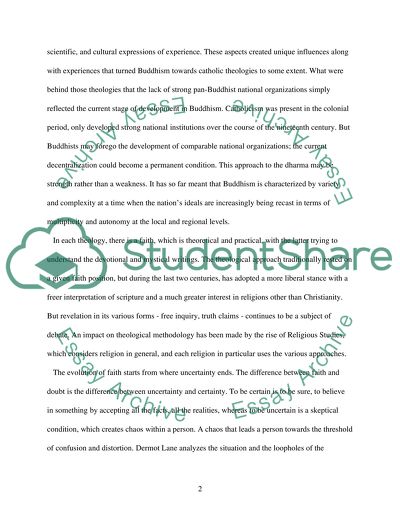Cite this document
(“Faith beliefs, or symbols, or myths Essay Example | Topics and Well Written Essays - 2500 words”, n.d.)
Retrieved from https://studentshare.org/miscellaneous/1521453-faith-beliefs-or-symbols-or-myths
Retrieved from https://studentshare.org/miscellaneous/1521453-faith-beliefs-or-symbols-or-myths
(Faith Beliefs, or Symbols, or Myths Essay Example | Topics and Well Written Essays - 2500 Words)
https://studentshare.org/miscellaneous/1521453-faith-beliefs-or-symbols-or-myths.
https://studentshare.org/miscellaneous/1521453-faith-beliefs-or-symbols-or-myths.
“Faith Beliefs, or Symbols, or Myths Essay Example | Topics and Well Written Essays - 2500 Words”, n.d. https://studentshare.org/miscellaneous/1521453-faith-beliefs-or-symbols-or-myths.


